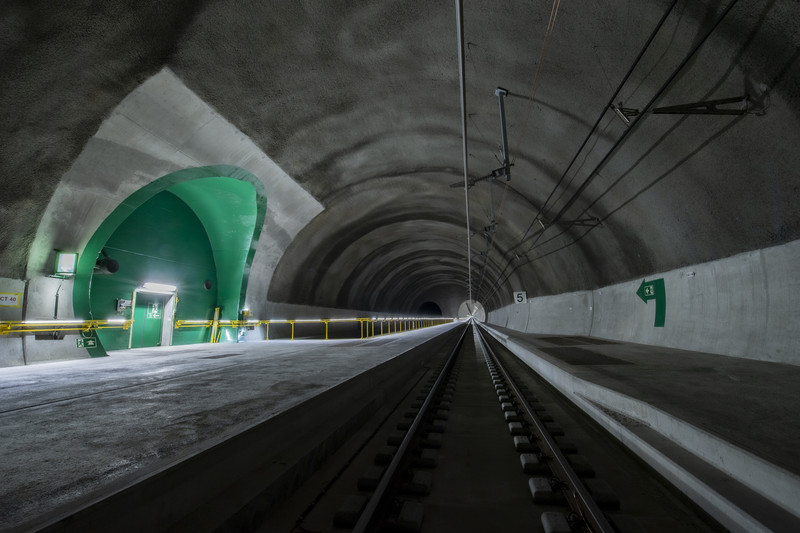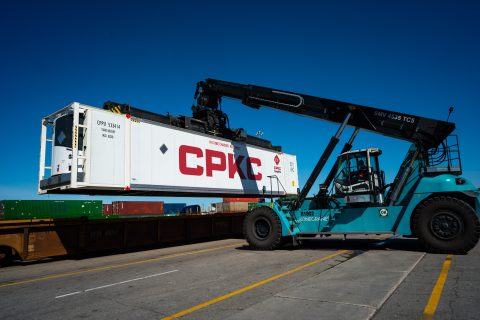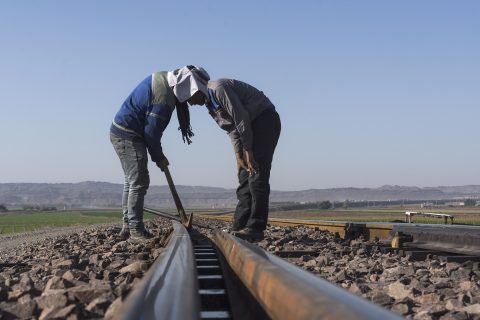Bigger trains and more capacities on the Rhine-Alpine route for modal shift

Improving rail freight traffic conditions through the Rhine-Alpine corridor is critical in succeeding the modal shift in Europe. Using longer, higher and heavier freight trains on the route is one way to do it. Additionally, increasing capacities is also vital. For this to happen, the corridor needs more tracks and electrification. Hupac believes that these should be the priorities when discussing modal shift objectives.
Do you want to read the full article?
Thank you for visiting RailFreight.com. Become a member of RailFreight Premium and get full access to all our premium content.
Are you already a member?
Having problems logging in? Call +31(0)10 280 1000 or send an email to customerdesk@promedia.nl.






“Specifically, the tunnels can handle trains up to 740 metres long, 4 metres high, and 2,000 tonnes heavy.”
The tunnels can handle lorry trailers 4 meters high loaded on freight cars. That must be about 4,6 meters in total height.